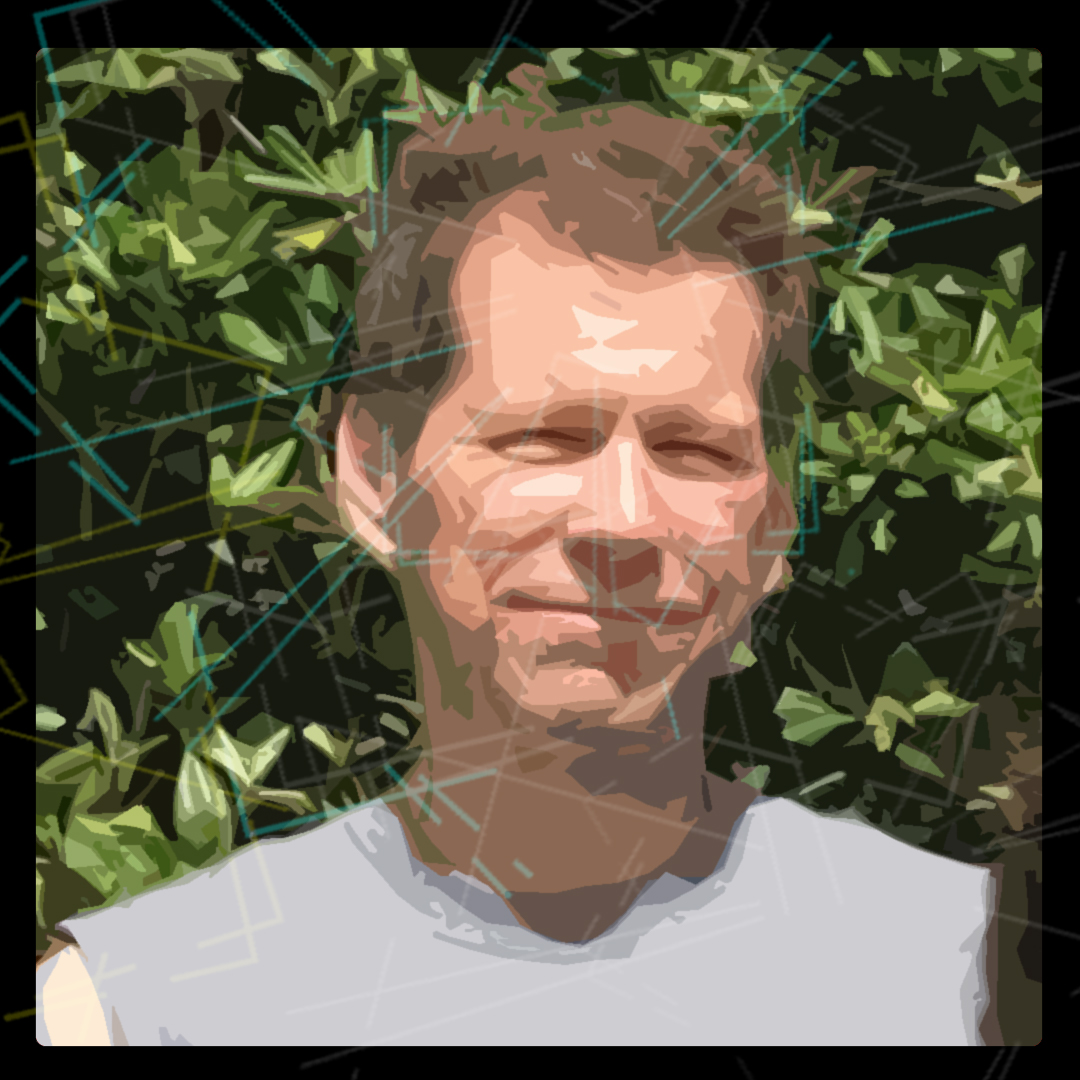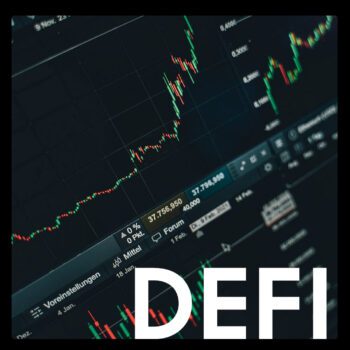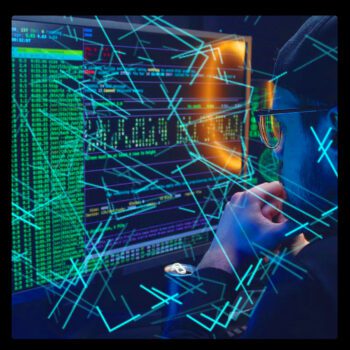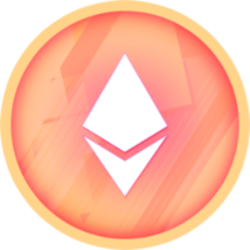|
thisCrowd - Audio Read
Getting your Trinity Audio player ready...
|
In the world of cryptocurrency, legends rarely exist, but few stories are as captivating as that of Hal Finney. Picture a world in late 2008, a time when Bitcoin was still a mere whisper in the digital corridors of the internet. Hal, a seasoned computer scientist and passionate advocate for personal privacy, was about to embark on a journey that would forever intertwine his name with the birth of a revolutionary digital currency.
Hal Finney, born in sunny California in 1956, had a knack for technology from a young age. He honed his skills at the California Institute of Technology and ventured into the world of video games as a computer programmer. But it was his deep-rooted concern for personal privacy that set him on a unique path.
In the early 1990s, Hal joined the ranks of the Cypherpunks, a group of tech-savvy individuals dedicated to preserving privacy through the power of cryptography. They saw a future where Big Brother would become obsolete, and they were determined to make it a reality.
One of Hal’s notable contributions was to the Pretty Good Privacy (PGP) project, a software endeavor founded by Philip Zimmermann. This project allowed secure communication via a bulletin board service, using public-key cryptography—a concept that would later find a home in many blockchain projects, including Bitcoin.
As a Cypherpunk, Hal was on the frontlines of digital privacy, even helping build the first anonymous remailer—a server that shuffled encrypted messages without revealing their origin.
But it was in 2008 that Hal stumbled upon the most groundbreaking idea of his life. An email from a mysterious figure named Satoshi Nakamoto introduced him to the concept of Bitcoin. While many of his fellow cryptographers were initially skeptical, Hal had a different perspective. He recognized the potential of this novel cryptocurrency and became one of its earliest adopters.
On that fateful day in January 2009, Hal downloaded the Bitcoin software, becoming the second person ever to do so, right after Satoshi himself. He was there at the dawn of the Bitcoin era, mining some of the first blocks and engaging in a valuable exchange of ideas with Satoshi. However, he eventually had to power down his computer due to the excessive heat generated by mining.
Then, something incredible happened. A year later, Hal revisited Bitcoin, only to find it not just alive but thriving. Its value had soared, and Hal, ever the pragmatist, transferred his coins to an offline wallet for safekeeping.
Rumors swirled in the crypto community that Hal Finney might be Satoshi Nakamoto himself. After all, he possessed the cryptographic expertise and technical acumen required to create such a system. But Hal remained humble, denying any such claims and insisting that Satoshi was a young, sincere Japanese individual.
In 2009, life took an unexpected turn for Hal when he was diagnosed with ALS, a debilitating disease. Despite his physical limitations, his spirit remained unbroken. He continued his work, even programming a new type of Bitcoin wallet. His family sold some of the early Bitcoins he’d acquired to cover medical expenses.
Hal Finney passed away in August 2014, but his legacy lives on. In his final days, he wrote a poignant blog post titled “Bitcoin and Me,” chronicling his remarkable journey. It’s a story of a man who embraced the digital revolution, fought for personal privacy, and played a vital role in the early days of Bitcoin.
Today, we remember Hal Finney not only as a pioneer in the world of cryptography but as a symbol of resilience and passion. His bitcoins are safely tucked away, a testament to his enduring legacy—a legacy that continues to shape the cryptocurrency landscape he helped create.
Below is Hal Finney Blog Post – Bitcoin and Me
Credit: https://bitcointalk.org/index.php?topic=155054.0
| I thought I’d write about the last four years, an eventful time for Bitcoin and me. For those who don’t know me, I’m Hal Finney. I got my start in crypto working on an early version of PGP, working closely with Phil Zimmermann. When Phil decided to start PGP Corporation, I was one of the first hires. I would work on PGP until my retirement. At the same time, I got involved with the Cypherpunks. I ran the first cryptographically based anonymous remailer, among other activities. Fast forward to late 2008 and the announcement of Bitcoin. I’ve noticed that cryptographic graybeards (I was in my mid 50’s) tend to get cynical. I was more idealistic; I have always loved crypto, the mystery and the paradox of it. When Satoshi announced Bitcoin on the cryptography mailing list, he got a skeptical reception at best. Cryptographers have seen too many grand schemes by clueless noobs. They tend to have a knee jerk reaction. I was more positive. I had long been interested in cryptographic payment schemes. Plus I was lucky enough to meet and extensively correspond with both Wei Dai and Nick Szabo, generally acknowledged to have created ideas that would be realized with Bitcoin. I had made an attempt to create my own proof of work based currency, called RPOW. So I found Bitcoin facinating. When Satoshi announced the first release of the software, I grabbed it right away. I think I was the first person besides Satoshi to run bitcoin. I mined block 70-something, and I was the recipient of the first bitcoin transaction, when Satoshi sent ten coins to me as a test. I carried on an email conversation with Satoshi over the next few days, mostly me reporting bugs and him fixing them. Today, Satoshi’s true identity has become a mystery. But at the time, I thought I was dealing with a young man of Japanese ancestry who was very smart and sincere. I’ve had the good fortune to know many brilliant people over the course of my life, so I recognize the signs. After a few days, bitcoin was running pretty stably, so I left it running. Those were the days when difficulty was 1, and you could find blocks with a CPU, not even a GPU. I mined several blocks over the next days. But I turned it off because it made my computer run hot, and the fan noise bothered me. In retrospect, I wish I had kept it up longer, but on the other hand I was extraordinarily lucky to be there at the beginning. It’s one of those glass half full half empty things. The next I heard of Bitcoin was late 2010, when I was surprised to find that it was not only still going, bitcoins actually had monetary value. I dusted off my old wallet, and was relieved to discover that my bitcoins were still there. As the price climbed up to real money, I transferred the coins into an offline wallet, where hopefully they’ll be worth something to my heirs. Speaking of heirs, I got a surprise in 2009, when I was suddenly diagnosed with a fatal disease. I was in the best shape of my life at the start of that year, I’d lost a lot of weight and taken up distance running. I’d run several half marathons, and I was starting to train for a full marathon. I worked my way up to 20+ mile runs, and I thought I was all set. That’s when everything went wrong. My body began to fail. I slurred my speech, lost strength in my hands, and my legs were slow to recover. In August, 2009, I was given the diagnosis of ALS, also called Lou Gehrig’s disease, after the famous baseball player who got it. ALS is a disease that kills moter neurons, which carry signals from the brain to the muscles. It causes first weakness, then gradually increasing paralysis. It is usually fatal in 2 to 5 years. My symptoms were mild at first and I continued to work, but fatigue and voice problems forced me to retire in early 2011. Since then the disease has continued its inexorable progression. Today, I am essentially paralyzed. I am fed through a tube, and my breathing is assisted through another tube. I operate the computer using a commercial eyetracker system. It also has a speech synthesizer, so this is my voice now. I spend all day in my power wheelchair. I worked up an interface using an arduino so that I can adjust my wheelchair’s position using my eyes. It has been an adjustment, but my life is not too bad. I can still read, listen to music, and watch TV and movies. I recently discovered that I can even write code. It’s very slow, probably 50 times slower than I was before. But I still love programming and it gives me goals. Currently I’m working on something Mike Hearn suggested, using the security features of modern processors, designed to support “Trusted Computing”, to harden Bitcoin wallets. It’s almost ready to release. I just have to do the documentation. And of course the price gyrations of bitcoins are entertaining to me. I have skin in the game. But I came by my bitcoins through luck, with little credit to me. I lived through the crash of 2011. So I’ve seen it before. Easy come, easy go. That’s my story. I’m pretty lucky overall. Even with the ALS, my life is very satisfying. But my life expectancy is limited. Those discussions about inheriting your bitcoins are of more than academic interest. My bitcoins are stored in our safe deposit box, and my son and daughter are tech savvy. I think they’re safe enough. I’m comfortable with my legacy. |
| Hal Finney |
















































